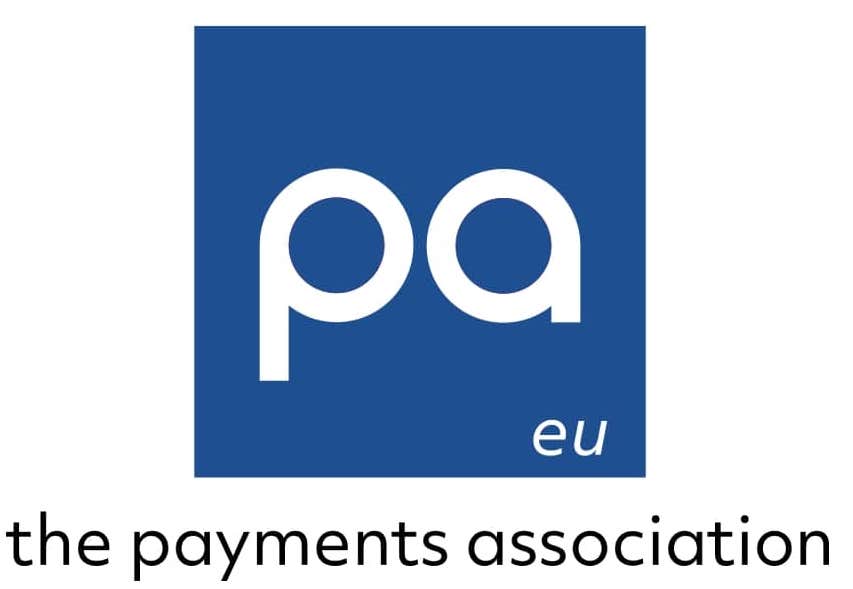Firms could unlock data and trapped credit from virtual cards
December 13, 2022
Virtual cards used for B2B transactions can offer tailored payment solutions for customers, while suppliers could gain instant payments and enhanced data, according to several firms using the payment method for B2B transactions.
What is this article about? The use of virtual cards is growing among businesses, but more benefits could be realised for everyone if companies shifted their focus away from just the customer benefits and towards supply-side advantages. Rebalancing of the conversation is required.Why is this important? The need for better data analytics, instant payments and a tailored experience could be possible if both the suppliers and customers of a business chose virtual cards as a payment method.What’s next? Payments companies need to educate suppliers and adapt their technology platforms to enjoy the benefits of using virtual cards as its popularity grows.Companies have sold virtual cards to their corporate customers on the promise of rebates, enhanced security and better data analytics. However, as payment companies explore what the next big push for the industry is, many are looking at leveraging the supply-side benefits of this payment method. The value of virtual card transactions has soared to £1.6 trillion in 2021 and is expected to reach £5.7 trillion by 2026, according to a whitepaper published by The Payments Association. The boom in the use of virtual payments over the past few years has not only been attributed to the pandemic, but also to the positioning of customer benefits by payment companies. A key obstacle for payment companies has been supplier acceptance of virtual cards. Unfamiliarity with the benefits virtual cards can bring has played a large part in suppliers’ reluctance to accept them in their payments systems. “A lot of the time, the supplier is probably unaware of the fact that they have virtual cards as an option and definitely unaware of the benefits that it could present to them,” says Oliver Fellowes, director of business development, commercial UK&I at Mastercard. Detailed payment information can not only make payment tracking and reconciliation easier, but also save suppliers the time that it would have taken them to track those payments manually. Therefore, many of the benefits virtual cards bring to buyers, such as enhanced data, can also be leveraged for suppliers. “You can sign up as many corporate buyers as you'd like to use a virtual card, but if their suppliers aren't accepting it, then none of that volume actually flows through,” says Fellowes, who was speaking at The Payments Association’s webinar on the power of virtual cards. Andrew Auden, senior director of B2B UK and Europe at FIS, says that as the market matures, there is now a shift to a more equitable balance between the buyer and supplier.

